THE TAPE FAMILY AND CHINESE AMERICAN CIVIL RIGHTS
Authors
Author
Mae Ngai
Mae Ngai is Lung Family Professor of Asian American Studies and Professor of History at Columbia University. She is author of Impossible Subjects: Illegal Aliens and the Making of Modern America (2004) and The Chinese Question: The Gold Rushes and Global Politics (2021), and is coeditor of Corky Lee’s Asian America (2024). Her book, The Lucky Ones: One Family and the Extraordinary Invention of Chinese America (2010), is a biography of the Tape family.
Curriculum Developer
Kathy Lu
Kathy Lu is an attorney, educator, and nonprofit founder passionate about immigrant rights and histories. She has over a decade’s worth of experience working with immigrant communities on both the East and West coasts in a variety of contexts: legal representation and education, community organizing, youth mentorship, and teacher training. As co-founder of the Immigrant History Initiative, she has trained over 1,000 educators on incorporating AAPI history into the classroom.
Curriculum Developer
Sulynn Miao
Sulynn Miao (she/her) is a proud daughter of immigrants from Tianjin, China who grew up in Washington State and now resides on the unceded land of the Lisjan Ohlone people, known colonially as Oakland, California. She is a University of California, Berkeley alum with a background in providing trauma-informed care, leading school-based programs for diversity, equity, and inclusion, and coordinating vocational services for youth and families. As a curriculum specialist, Sulynn designs curriculum and educational resources, community programs, and professional development for educators to teach the stories of the Asian diaspora and bring intergenerational healing into community learning spaces.
Curriculum Developer
Julia Wang
Julia Wang is the Co-Founder of the Immigrant History Initiative, a nonprofit dedicated to telling the stories of Asian American and immigrant communities in the classroom and beyond. Outside of IHi, she works as a human rights lawyer.
Can one family’s assertion of their civil rights become a “victory” for an entire community?
After his trial in Seattle, Washington, Frank Tape returned to the Bay Area in California. He expected to take his place as Joseph and Mary Tape’s “number one son” and Chinatown big shot. Few people in San Francisco knew of his disgrace in Seattle, but he was nearing forty and needed to transform his image from playboy to respectable businessman, one capable of running his father’s immigrant brokering and ticketing agency.
Frank achieved that goal by marrying Ruby Kim, a young, modern Chinese American woman. Glamorous and socially ambitious, Ruby also built an independent career and served in the US Army during World War II. This module examines Ruby Kim Tape’s life as an example of a new generation of modern Chinese American women in the early twentieth century.
Who was Ruby Kim Tape and what identities and roles did she adopt at various points throughout her career and lifetime?
In what ways did Ruby Kim Tape break gender barriers as a modern Chinese American woman?
How did generational ties and political events in China influence Chinese American activism and identity?
Growing Up in Marysville
Ruby Kim was the daughter of a prominent Chinese merchant in Marysville, a small city north of Sacramento, California, that was a thriving town during the Gold Rush and had a large Chinese community. Her father, Kim Wing, was a second-generation Chinese American and the son of a laundryman. He was one of the few Chinese in Marysville who spoke English well and became known to both white and Chinese communities as an informal interpreter. In 1893, Kim Wing married Woo Que, the daughter of a wealthy merchant in San Francisco. She was literate in both English and Chinese, unusual for a girl at the time. Kim Wing and Woo Que had nine children, of which six survived. Ruby, born in 1898, was the eldest.
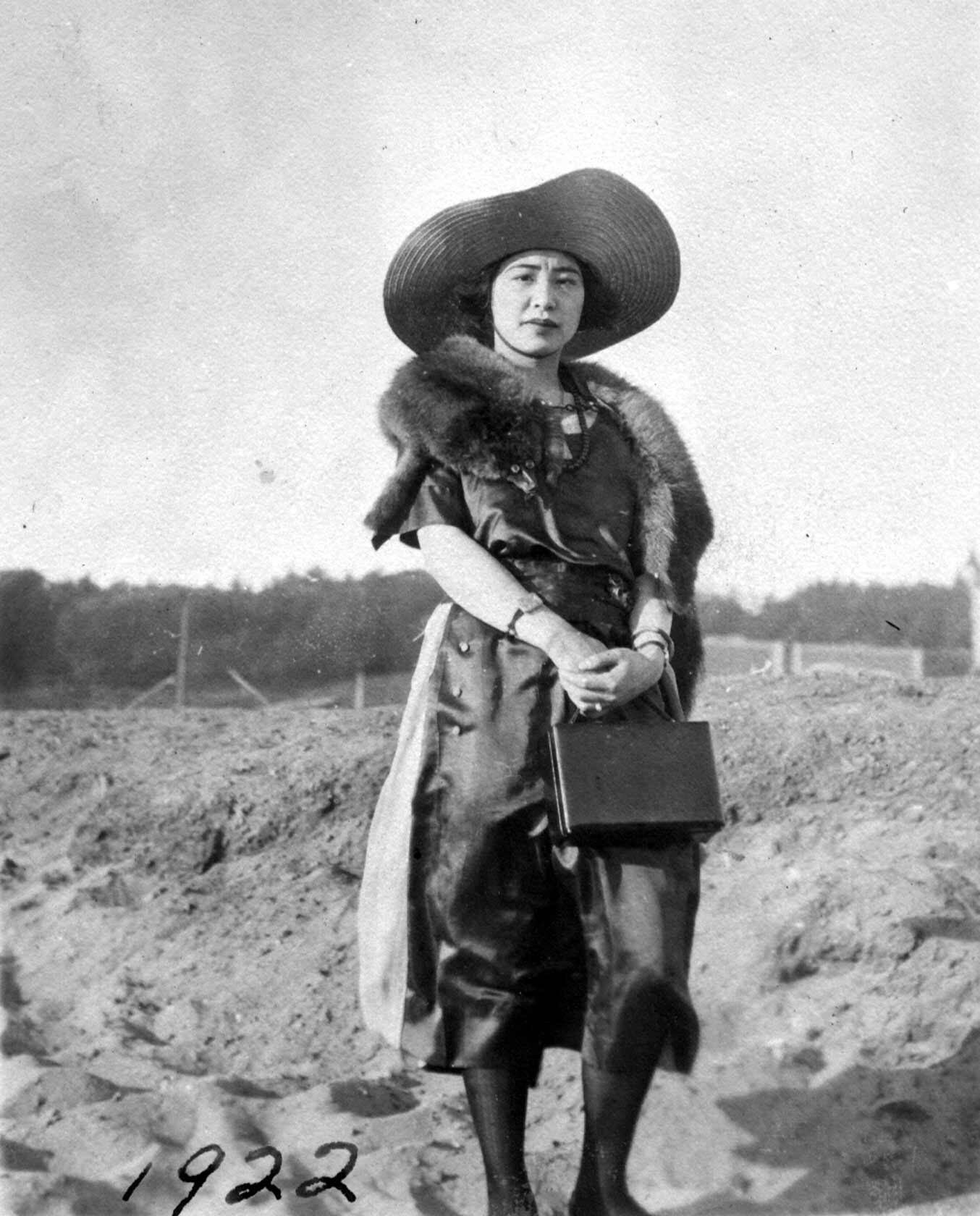
Image 37.05.01 — Portrait of Ruby Tape, circa 1922.
Princeton University Press, 2010. Metadata ↗
Like Joseph Tape, Kim Wing was an entrepreneur who was good at seizing opportunities. When his father died, Kim Wing sold the laundry business and bought a cigar stand, and then a Chinese general store. He also owned the Busy Bee, a pork-chop house downtown that catered to white customers, as well as other properties. Woo Que, whose educational background was more advanced than her husband’s, kept his business accounts. Kim Wing also ran a poker table in the back of his store and, because he was trusted with other people’s money, was tapped to manage the gambling for the Suey Sing Tong, one of the four Chinese associations in Marysville. Kim Wing was considered “one who made it” by the Chinese community, and some white people even called him the “mayor” of Chinatown.
Resisting Family and Societal Obligations
When Ruby was nine, her mother took her and her four-year-old sister, Edna, to China to Pineapple Village, her father’s ancestral home in Kaiping County. The stated reason for the visit was to help prepare for the wedding of Kim Wing’s nephew. But Woo Que’s decision to travel there was also heavily informed by the Confucian ethic of serving the household of her husband’s family. Although Woo Que’s primary commitment was with her husband and their family in Marysville, she agreed to the lengthy visit to satisfy his family’s wishes. They stayed for about a year, and at the end of their trip, Woo Que was expected to leave one of her daughters with Kim Wing’s family to fulfill her obligation as a daughter-in-law.
Woo Que had planned to place Ruby with her in-laws, but Ruby flatly refused. Ruby had had fun in Pineapple Village, playing with her cousins and being treated like visiting royalty. But by the time the visit was over, Ruby was ten and had become aware of the village social relations. She knew that if she stayed, she would be at the bottom of the household order and treated as a servant of her grandmother. It would be a different life than she had in Marysville, where she could ride a bicycle and play games with boys. Ruby was obstinate that she would not stay in Pineapple Village, and Woo Que decided to leave her younger daughter Edna behind instead. Note that this also was a far less traditional and satisfactory arrangement for the in-laws than if Woo Que herself or her elder daughter stayed.
When Woo Que and Ruby returned to Marysville, the public schools had just opened to Chinese children. Ruby started first grade at age ten and was just one of two Chinese students. She knew her way around Chinatown from helping her parents with local business affairs. Ruby helped her mother interpret for the town’s prostitutes who needed medical attention. Her father sent her to Sacramento to interpret for men who were arrested for possessing opium.
As a teenager, Ruby went to Marysville High School for a year, but was unhappy as an outsider. She was older than many other students because she started school late following her stay in China. She wanted to meet boys, but there were no Chinese ones her age in town.
In 1918, at the age of nineteen, Ruby quit school and moved to San Francisco. She enrolled in a secretarial school and boarded at the Methodist Mission in Chinatown. She enjoyed a lively social life—bowling with friends after classes, taking long walks in the city, eating at Sam Wo Restaurant, and dancing at a club organized by local boys in Chinatown. Ruby’s parents assumed she was properly chaperoned, but she had her own key and came and went whenever she liked.
Ruby was living during the leading edge of the women’s suffrage movement, when young American women were freeing themselves from the strict Victorian moral codes of the late nineteenth century. Women wanted to vote and exercise other political and economic rights, as well as personal independence. Note that Ruby was a third-generation Chinese American and was more exposed to these ideas of individualism and public life than the daughters of more recent immigrants in San Francisco’s Chinatown.
Life as Mrs. Frank Tape
Sometime around 1919 to 1920, Ruby Kim met Frank Tape at a function at the Methodist Mission house. Frank was twice Ruby’s age, he was loud and paunchy, and he smoked cigars. But Frank was heir to the Tape family business and fortune, which made him a dream catch. Ruby could have had any Chinese boy she wanted—she was beautiful and vivacious, and the daughter of a prominent family. Her decision to date and then marry Frank reveals the extent to which she desired social status and wealth.

Image 37.05.02 — Frank Tape poses with Ruby Kim. The two were married in 1921.
Princeton University Press, 2010. Metadata ↗
After marrying in 1921, the couple bought a house across the bay in the Richmond area, a white, middle-class neighborhood where most property deeds banned the sale to Black, Jewish, and Asian homebuyers. There were some complaints from the neighborhood about the Chinese couple moving in, but Frank, who acted and nearly looked “white”, stood his ground. In Richmond, Frank bought Ruby fine things, and the couple threw big parties. Ruby also became a devoted daughter-in-law to Joseph and Mary Tape. She and Frank took the elder Tapes on trips to the countryside where the men shot birds and the women gathered wildflowers.
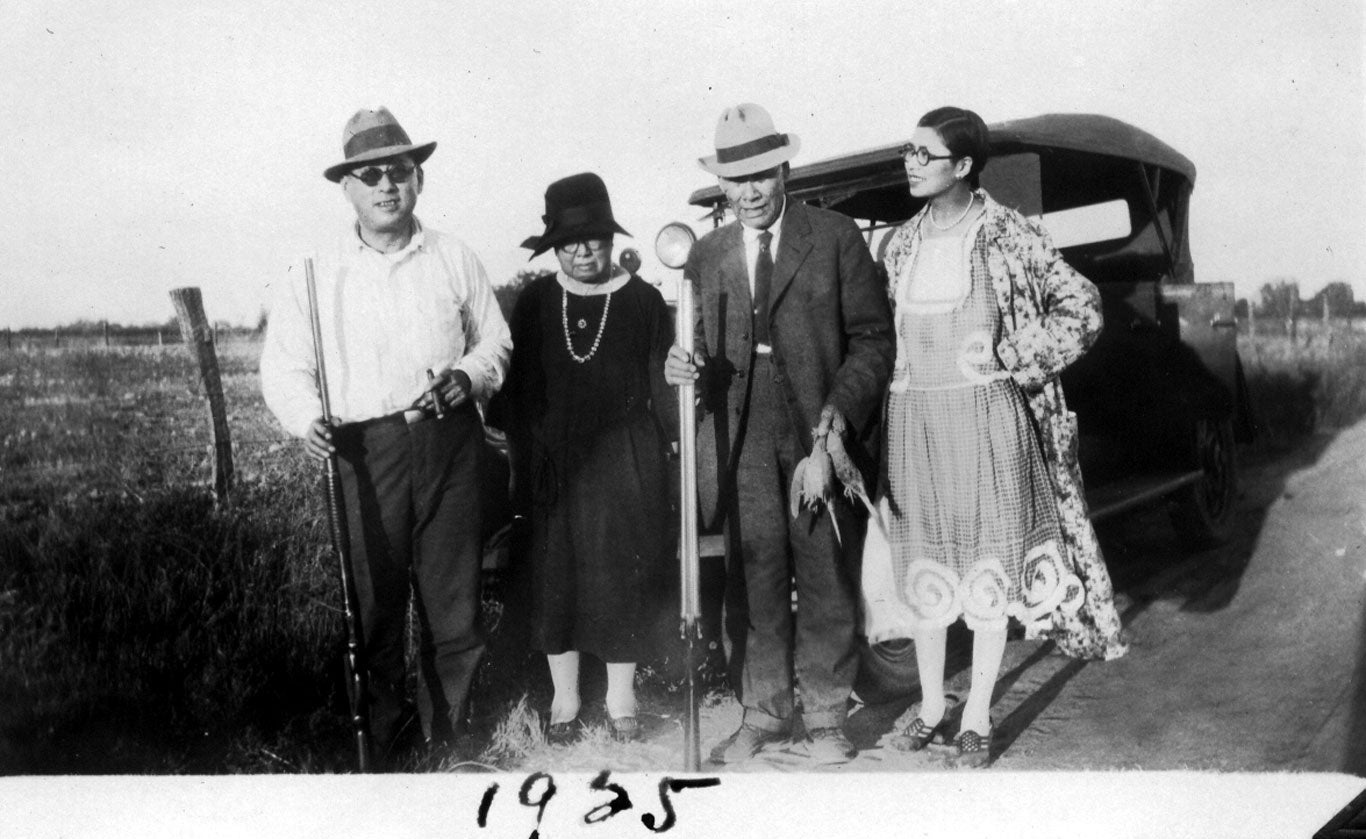
Image 37.05.03 — Frank (left), Mary, Joseph, and Ruby (right) pose after a day of hunting in the country, circa 1925.
Courtesy of Berkeley Architectural Heritage Association. Metadata ↗
Frank and Ruby did not have a traditional Chinese marriage with patriarchal values. Echoing the growing politics of women’s individualism in the early twentieth century, their marriage was similar to the ideals of other modern, American middle-class relationships, in which companionship was more important than obedience. Frank called Ruby “his pal” and “the boss at home.” 1 He brought out the tomboy of her childhood and supported her independence. They loved to spend time at the Tape family’s ranch near Ukiah, California, where they hunted game, fished, swam, and rode horses.
Meanwhile, Frank left behind his scandal in Seattle and enjoyed a new persona as an upstanding citizen and businessman. He became known as a colorful character who told stories to white journalists about his past life as a secret government agent. Ruby became active in community affairs and charitable circles, including the campaign to raise funds for building the new Chinese Hospital.

Image 37.05.04 — Frank with his hunting dogs. Both he and Ruby hunted game at the family’s lodge near Ukiah, California during the 1920s.
Princeton University Press, 2010. Metadata ↗
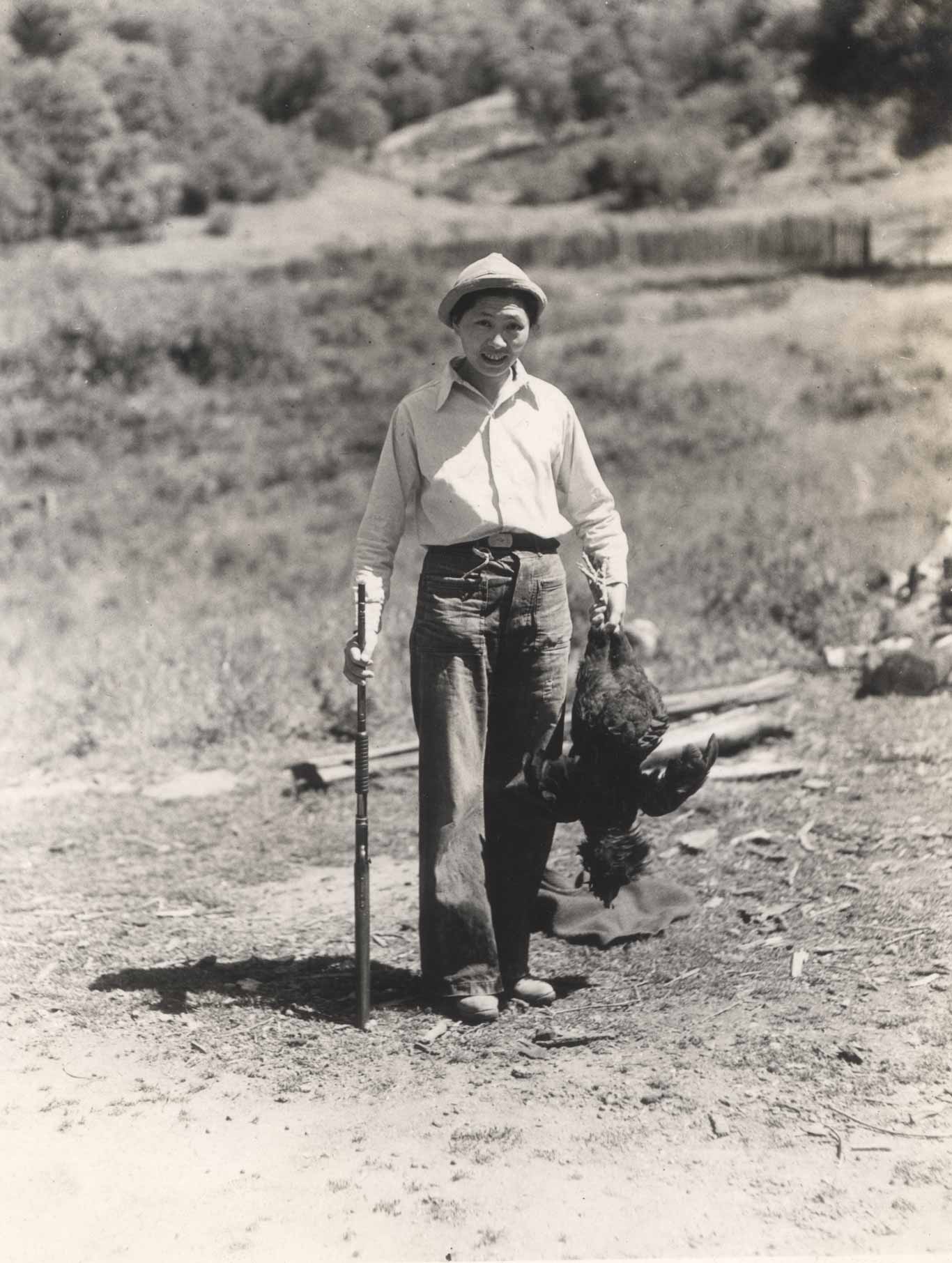
Image 37.05.05 — Ruby and her quarry at the family lodge.
Princeton University Press, 2010. Metadata ↗
By the early 1930s, though, the marriage began to sour. Ruby may have tired of Frank’s self-aggrandizing posture; there were also rumors that he had extramarital affairs. In 1933 the couple separated and Ruby returned to Marysville to help her widowed mother with her three younger siblings and to run the family’s grocery store, which was suffering during the Great Depression.
Wartime Work
Although Ruby Kim Tape’s mother had long been active in the Marysville branch of the Kuomintang, the Chinese Nationalist Party, it was not until 1937 that Ruby became involved in political organizing. Up until that time, she had been preoccupied with running the family store, taking care of her three siblings, and participating in community affairs in Marysville. But in 1937, Ruby’s mother died, and in the summer of that year, the Japanese army launched a major attack outside Beijing, China. The northern regions near Beijing and Tianjin fell, and the Japanese were on the move towards Shanghai and Nanjing. Thus began a full-scale war, commonly referred to today as the Second Sino-Japanese War of 1937–1945. Ruby joined a whirlwind of activity in the United States in support of China’s war of resistance.
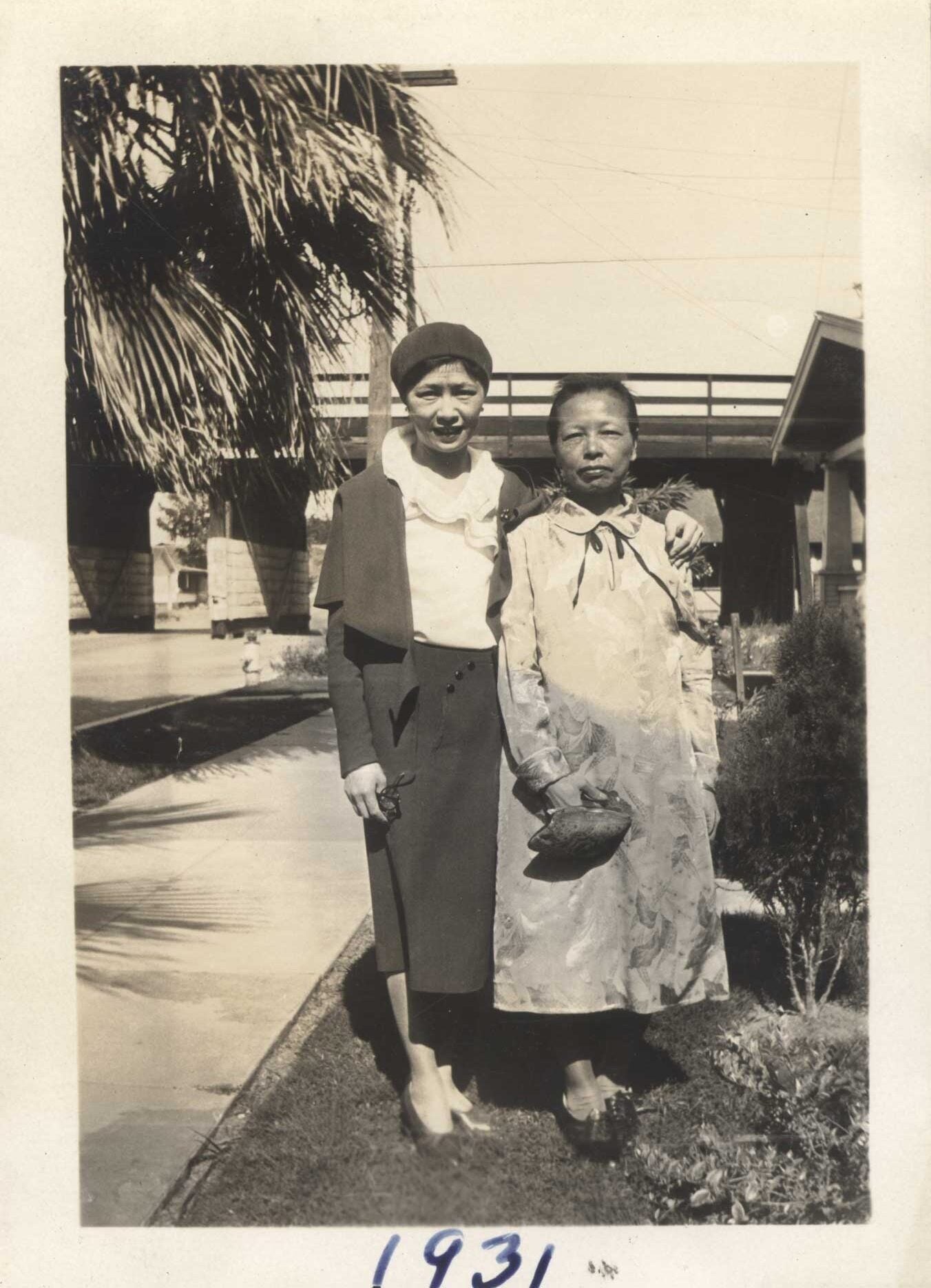
Image 37.05.06 — Ruby and her mother, Woo Que, in Marysville, California, circa 1931.
Courtesy of Berkeley Architectural Heritage Association. Metadata ↗
Chinese Americans had already been raising funds and organizing support for their homeland since Japan’s invasion of Manchuria in 1931. But with the formal commencement of the Sino-Japanese War, relief work in the US proceeded with greater urgency and on a grander scale from 1937 onward. Note that increased American involvement would later push the United States to enter World War II, following Japan’s attack on Pearl Harbor in 1941.
Chinese American participation in the war effort took on many forms. Communities raised funds for medical supplies and ambulances for the Chinese army. Women sewed cotton clothing and blankets for soldiers. Committees organized boycotts of silk stockings—as silk was a common product imported from Japan—and picketed American ships sending scrap iron to Japan.
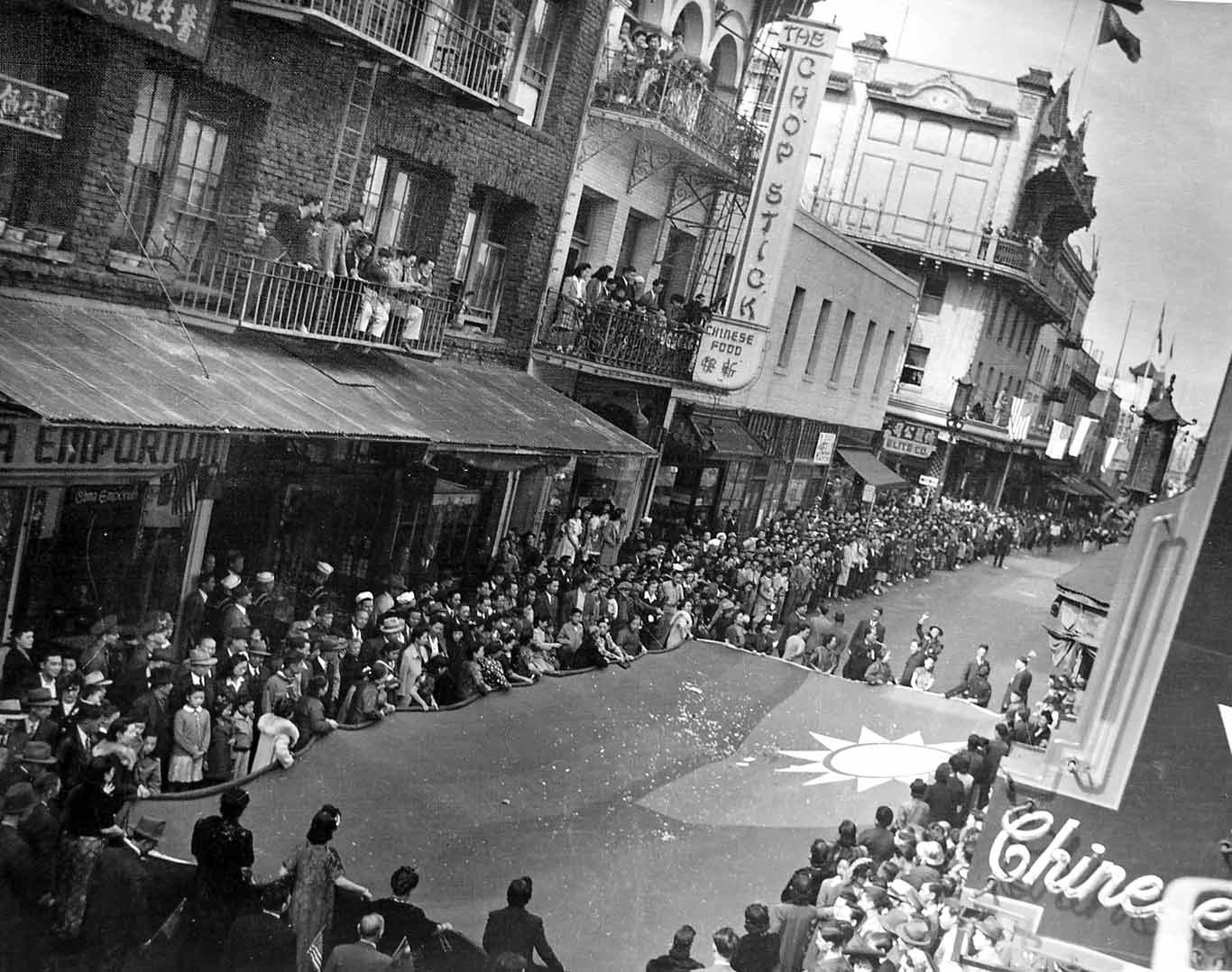
Image 37.05.07a — “Rice bowl party” supporting China’s resistance to Japanese aggression, San Francisco, circa 1940.
Princeton University Press, 2010. Metadata ↗
1 of 2
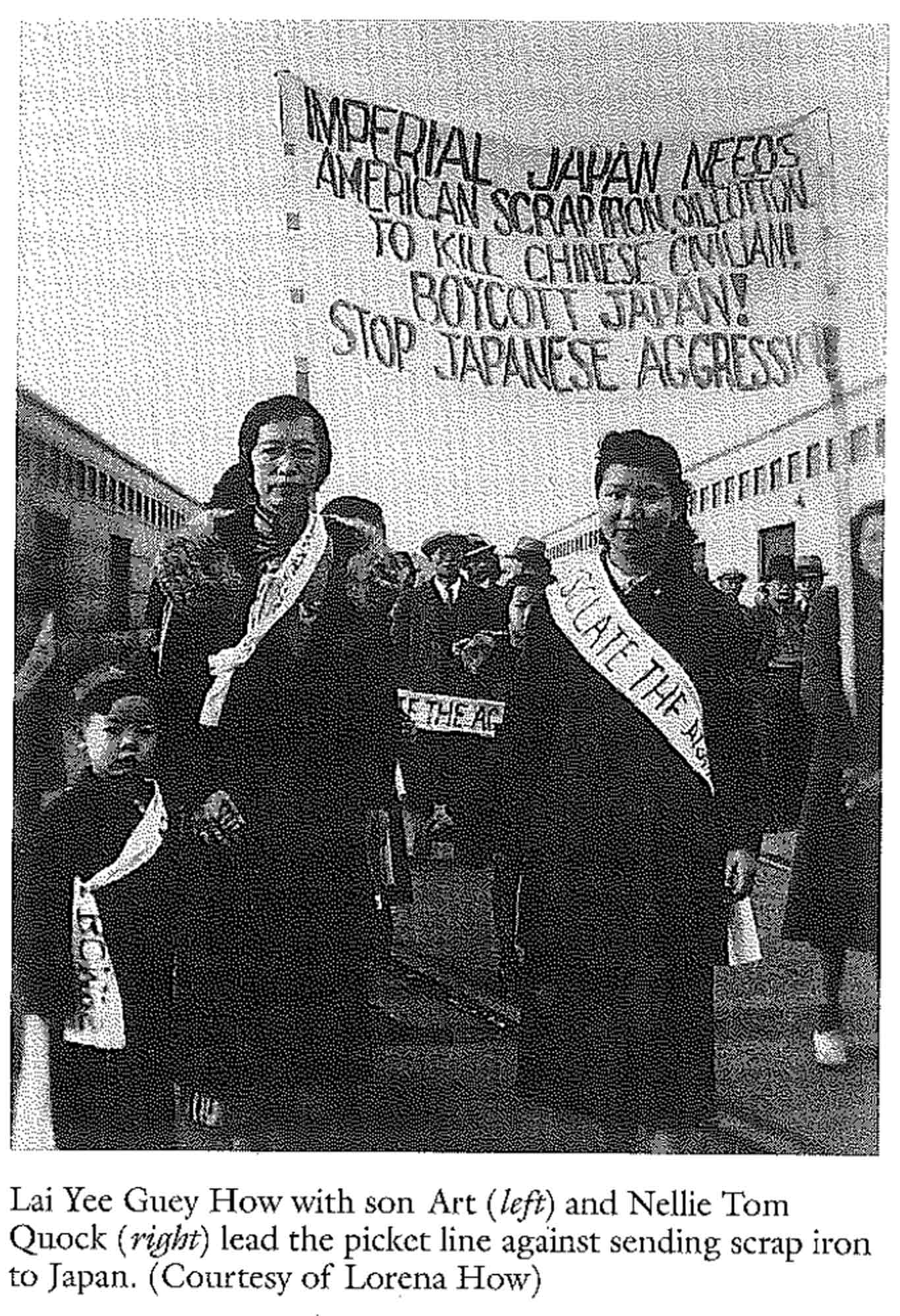
Image 37.05.07b — Nellie Tom Quock, Lai Yee Guey How, and his son, Art, lead the picket line against sending scrap iron to Japan.
University of California Press, 1995. Metadata ↗
2 of 2
Ruby herself drove her old jalopy throughout the countryside around Marysville asking for donations. She also worked in a campaign organized by the YMCA in San Francisco’s Chinatown to make bandages for the front line. As part of the campaign, she arranged for the bandages to be sterilized at a local hospital and packed them using donated crates from a refrigerator company to be shipped out of San Francisco, through one of Frank Tape’s associates at the Pacific Mail Steamship Company. Overall, Chinese Americans raised an estimated $25 million, about $300 per person, to support China during the eight-year-long war.
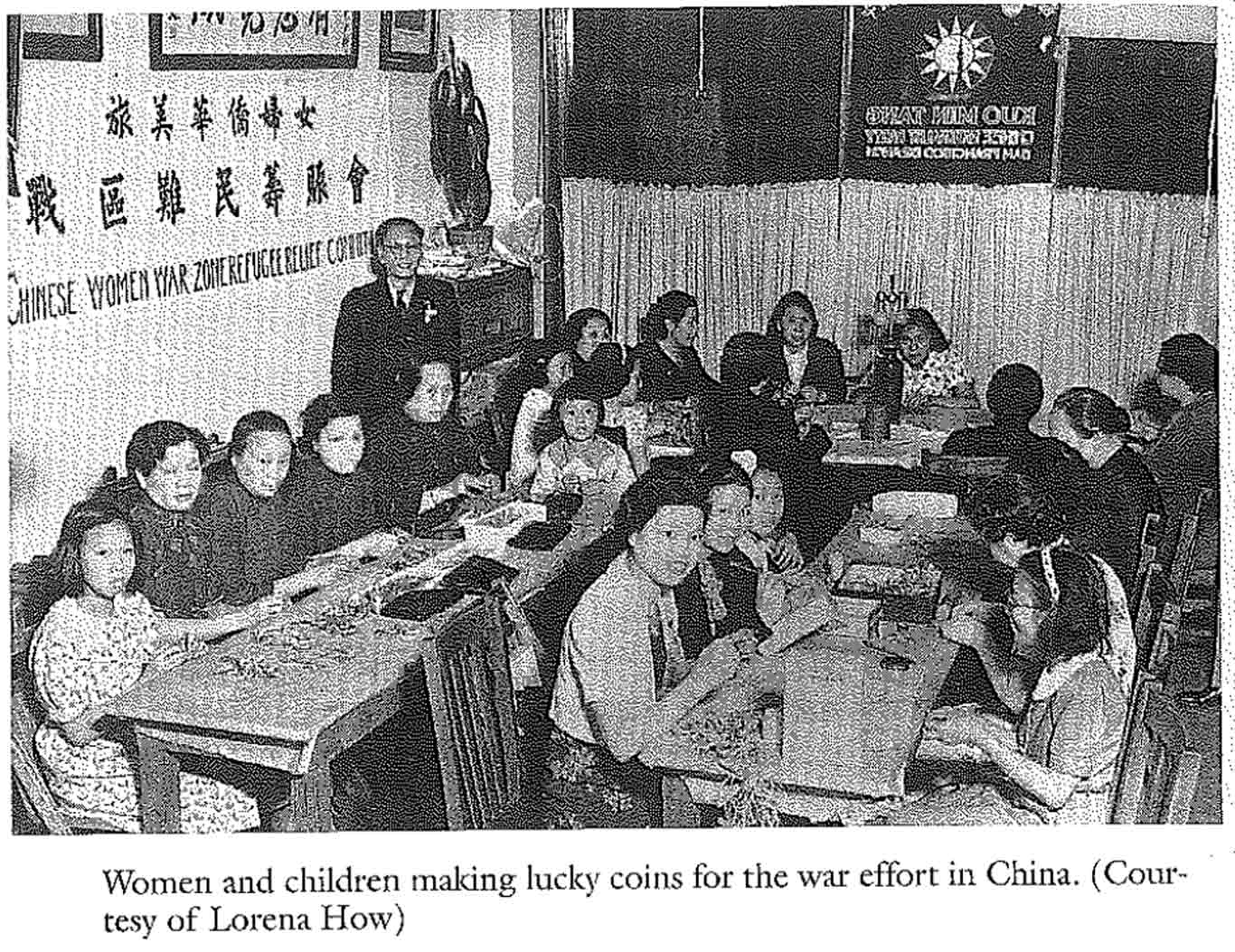
Image 37.05.08 — Women and children making lucky coins for the war effort in China.
University of California Press, 1995. Metadata ↗
When the United States entered World War II, Ruby was working for the local draft board. However she wanted to do more, and after seeing a recruiting poster for the US Women’s Army Corps in 1942, she enlisted. At the time, Ruby was forty-four years old and the cutoff age was forty-five. Even though the local recruiter in Marysville rejected her when she applied, she went to San Francisco anyway to take the entrance and physical exams and passed. She was sent to Fort Des Moines, a military base and training facility in Iowa, where her intelligence, maturity, and practicality served her well. Ruby Tape was promoted to technical sergeant and finally landed a plum assignment at Camp Ritchie, Maryland, which housed the military intelligence training center.
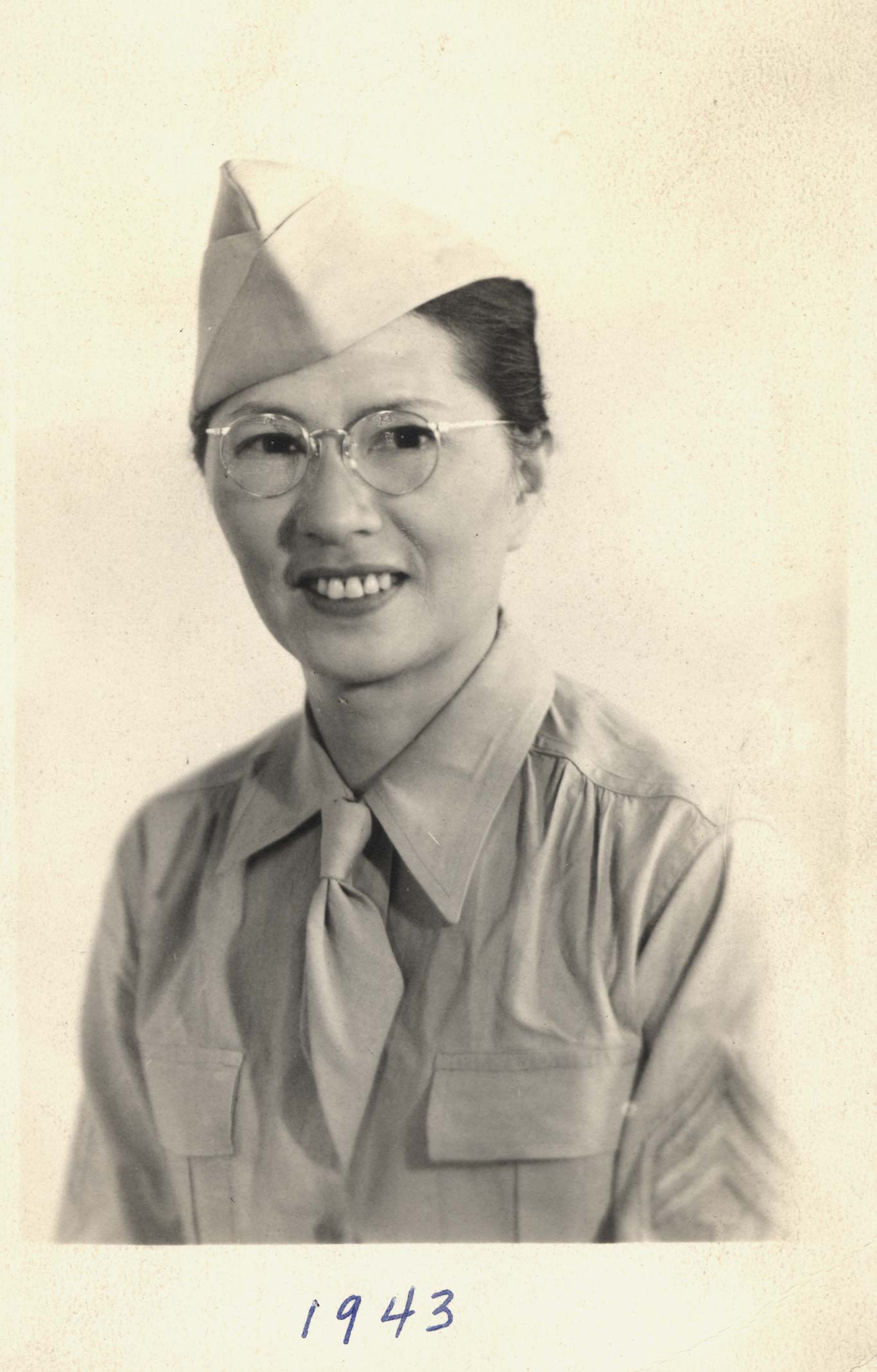
Image 37.05.07 — Technical Sergeant Ruby Tape of the Women’s Army Corps, World War II.
Princeton University Press, 2010. Metadata ↗
Postwar Reunions
When the Sino-Japanese War and World War II ended in 1945, Ruby Tape decided to stay in the Women’s Army Corps. She moved to Washington, DC, still working for military intelligence, and then wrangled an assignment in the Allied occupation of Japan. She had the idea of going to Asia to find her younger sister Edna, who had stayed in China since their childhood. Ruby worked in General Douglas MacArthur’s headquarters in Tokyo until 1948, when her tour of duty ended. During this time, she still thought about Edna and took a job as a civilian for the US State Department doing relief work in Shanghai, China.
Miraculously, Ruby later found Edna, who was living on a small island near the city of Guangzhou. She was married and had eight children. She ran a restaurant with two schoolmates while her husband transported goods from Guangzhou to the island. Times were hard, as the Chinese Civil War escalated between the nationalists and communists. Ruby encouraged Edna to go to the United States, convincing her that she was an American citizen and had every right to return to California. Even though the American consul at Shanghai viewed Edna’s application skeptically, Ruby’s contacts in the State Department proved invaluable in getting Edna out of China.
In 1949 Ruby Kim Tape returned to California. By then, Frank Tape was living alone in his parents’ house in Berkeley. Joseph, Mamie, and Emily Tape had all passed away in the 1930s, and Frank’s divorced sister Gertrude, with whom Frank shared the house with, died in 1947. Shortly after Ruby returned, Frank suffered a stroke, and she moved in to take care of him until he passed away in 1950 from a heart attack.
Ruby inherited the Tape house. She planted a garden in the back and tended the old apple and persimmon trees in the yard. Her sister Edna settled in the nearby city of Sunnyvale, where she managed a restaurant. Ruby returned to the workforce, including at a Chinatown import-export company, the Social Security Administration, the US Navy base in Alameda, and lastly at an immigration law firm in San Francisco’s Chinatown as an interpreter. She had come full circle from being the daughter-in-law and wife of immigration brokers and interpreters, to becoming one herself, and retired in 1964.
Ruby Kim Tape also inherited the Tape family’s photo albums, which date back to the 1880s—when Mamie Tape sued the San Francisco Board of Education—and follow the lives of the Tapes across generations. She kept these, along with her own albums chronicling her life as Mrs. Frank Tape and Technical Sergeant Ruby Tape, before she passed away in 1975. Taken together, the albums tell the remarkable story of a Chinese American family from the 1870s to the Second World War, and the world of immigrant brokering in the US.
Endnotes
1 “Former policeman and US investigator takes up new post,” undated clipping, Him Mark Lai papers, Ethnic Studies Library, University of California, Berkeley.







